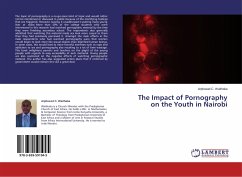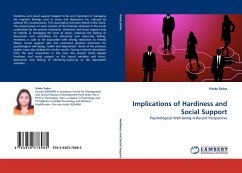Violence at work is becoming one of the principal hazards to occupational health in the 21st century. For many, this trend simply mirrors the growing amount of violence seen in society at large. For the Police, this has particular salience. Since it is their raison d'être to protect and to serve', then, if violence in society is increasing, by extension this means that police personnel are inevitably subjected to a higher risk of violence in carrying their day to day work activities. Identifying and assessing the nature and amount of work-related violence to which police personnel are exposed, and the damage it causes, are therefore important questions for applied psychology. So too is the identification of whatever might attenuate or exacerbate the scale of violence or its negative impact. Such fundamental knowledge has a vital role in informing action and intervention to improve the occupational health of the Police.
Bitte wählen Sie Ihr Anliegen aus.
Rechnungen
Retourenschein anfordern
Bestellstatus
Storno








